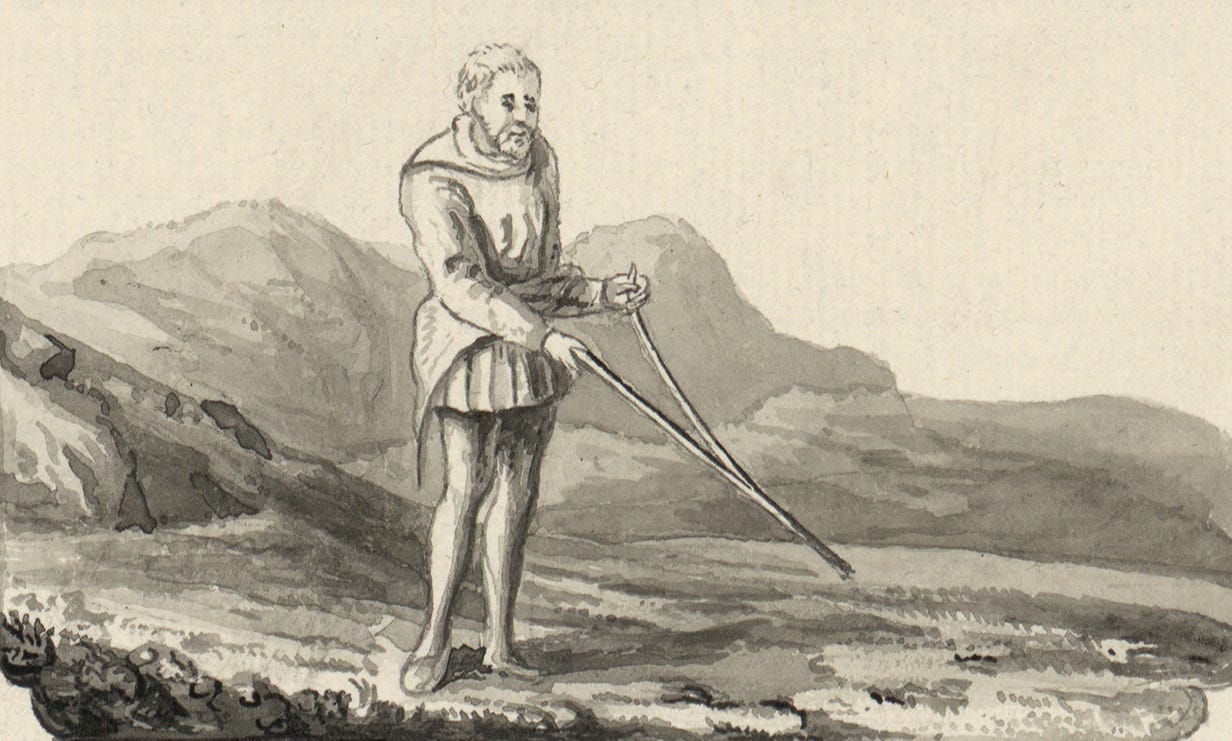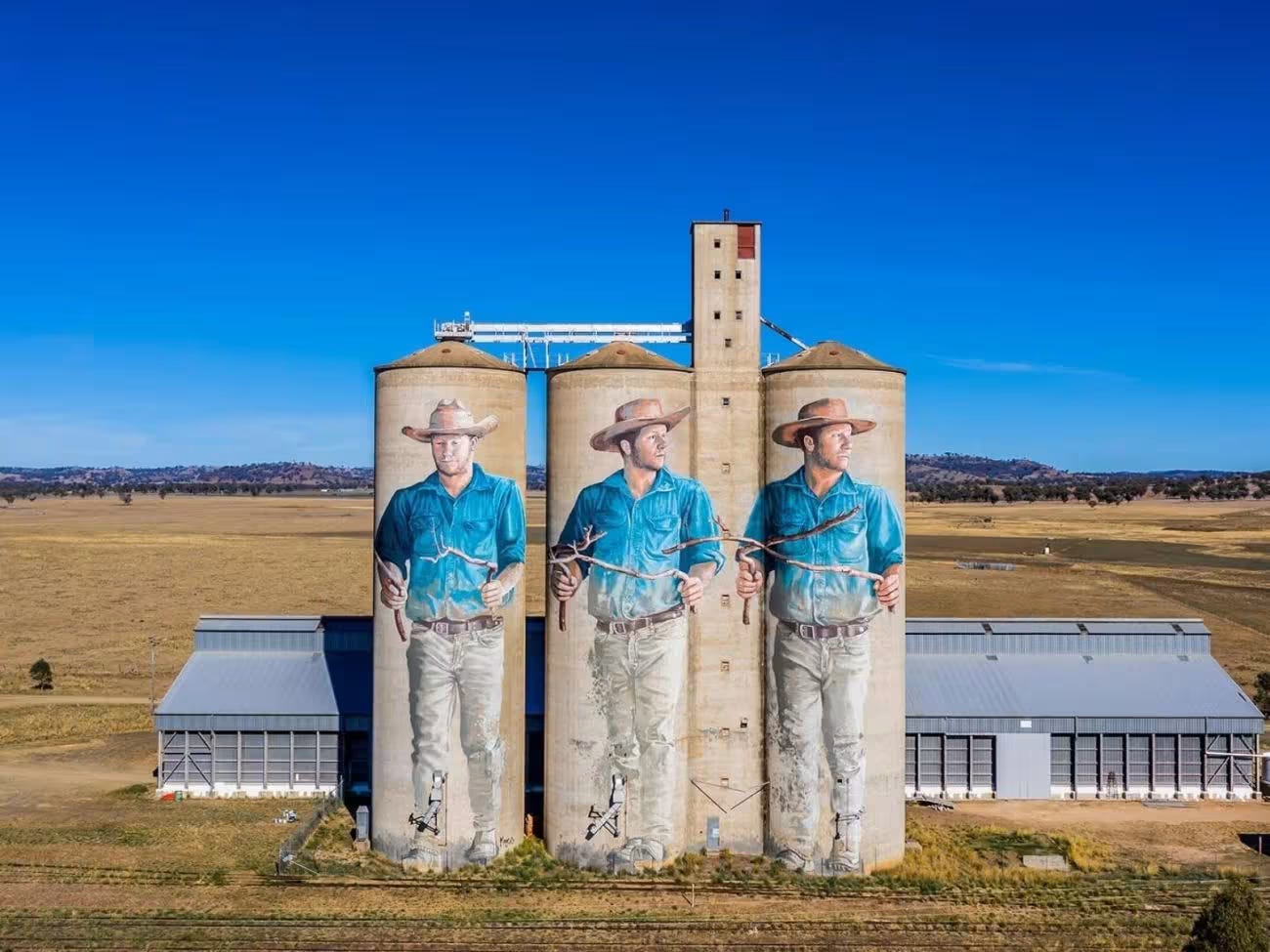I’ve been thinking about the devastating and heart-wrenching flash flooding in Texas, where more than 160 people are believed to be missing and at least 115 have died. It’s the deadliest inland flooding since the 1970s, according to the AP. If you’re struggling to find information on it, this is a helpful timing on what happened from NPR. And the Texas Tribune has a resources page set up on how to help.
In ProPublica, Abrahm Lustgarten wrote about how the Texas flash flood previews the disasters to come in the U.S. and abroad as the climate continues to change.

Monsoon season is here.
The week of June 23 marked the official start, according to the National Integrated Drought Information System’s drought status update. For states like New Mexico and Arizona, monsoonal summer rain can account for 10-60% of annual precipitation and help to alleviate drought conditions across the arid southwest.
Every state in the Southwest is experiencing some level of drought right now, with particularly extreme conditions in Arizona (97% of the state is in drought) and New Mexico (80% of the state is in drought).
And according to the update, “drought is predicted to persist in much of the region over the next month and the summer months, with potential drought improvements (but not removal) in the “core” monsoon region at the Arizona-New Mexico border.”
With needed rain, monsoon season also comes with risks of severe and hazardous flash flooding. Already this week, flooding in New Mexico killed three people and damaged dozens of homes in an area scarred by a wildfire last year.
More from the drought status update:
Divine intervention
As I was catching up on news, a headline in SFGate caught my attention: “California is full of hidden reservoirs. These mystics find them.” I clicked the headline bait, of course, though I already knew I would be reading about the art of water divining — searching for groundwater (or minerals or treasure or oil) with a forked rod or twig. The practice alternatively goes by “water dowsing” or “water witching.”
As a groundwater nerd, I find the water-divining profession fascinating. It speaks to our curiosity and our desire to know more about the invisible, what lies beneath the surface. Divining has endured for centuries, despite having no basis in science. and its more common than you might expect.
In 1917, the U.S. Geological Survey found it important enough to devote an entire 60-page report to its origins, mostly as a way to dismiss dowsing. In an introduction to that publication, The Divining Rod: A History of Water Witching, the chief of the USGS’ groundwater division, O.E. Meinzer, writes:
“It is difficult to see how for practical purposes the entire matter could be more thoroughly discredited, and it should be obvious to everyone that further tests by the United States Geological Survey of this so-called “witching” for water, oil, or other minerals would be a misuse of public funds…
To all inquirers the United States Geological Survey therefore gives the advice not to expend any money for the services of any “water witch” or for the use or purchase of any machine or instrument devised for locating underground water or other minerals.”
Yet diviners, and the well-drillers or irrigators who hire them boast of their successes, though there is no scientific evidence that divining works. After all, the definition of divining is to “discover (something) by guesswork or intuition.” There’s no denying that diviners have had some notable successes and loyal clients (just read the SFGate story). Maybe that’s not all terribly surprising. Perhaps, as the article notes, divining appears to work because it is often easier to find groundwater than we might expect.
Needless to say, the USGS report did not dissuade people from hiring diviners. Many people still do, as they long have, which is the part that really interests me. It’s the long history of divining — our desire to know what we can’t see.
Just how long have people been documenting divining? The USGS report helpfully provides a lengthy bibliography of divining writings starting in the 1500s. Citations like: 1569. Besson, Jacques, L’art et science de trouver les eaux et fontaines cachées sous terre [The art and science of finding water and fountains hidden under ground].
The report also notes the illusions to rods in the Bible:
The much-quoted passage describing the “smiting of the rock” (Numbers xx, 9-11) has been regarded by enthusiasts of water witching as a significant reference to the divining rod, as have also the following passages: “My people ask council at their stocks, and their staff declareth unto them” (Hosea iv, 12); and “The king of Babylon stood at the parting of the way, at the head of two ways, to use divination; he made his arrows bright,” etc. (Ezekiel xxi, 21).
According to the report, what was thought to be the first published description came from a book on mining, not water, in the 1500s. In De re metallica (“On the Nature of Metals”) German scholar Georgius Agricola writes “there are many great contentions between miners concerning the forked twig, for some say that it is of the greatest use in discovering veins, and others deny it.”
In any case, that we still call upon diviners says a lot about the value of finding water, and also how we have long viewed groundwater itself: as the invisible resource that is not quite fully knowable, its flows far more mysterious than those of streams.
Except we do know much more about it, thanks to advances in geophysics. And still, the practice of divining persists. Interest in dowsing doesn’t seem to be going away. You could spend hours looking at divining videos on YouTube. In 2019, a muralist unveiled art on three silos in New South Wales, Australia, depicting a water diviner towering 40 meters over the land.
Here’s how the artist described the work: “Diviners study the landscape of a farm and walk over areas where they suspect the water may be located. Ground minerals and magnetic forces force the sticks to cross or be pushed downwards when water is located. Despite many studies claiming the technique is pseudo-science, diviners continue to be used throughout Australia as a way of finding groundwater.”
Diviners are a part of the culture, not only here in the U.S. but across the world, as they now have been for centuries. By chance, just before I came across the SFGate piece, I stumbled upon a poem by Irish writer Seamus Heaney called “The Diviner.”
I’ll leave you with that:
Cut from the green hedge a forked hazel stick
That he held tight by the arms of the V:
Circling the terrain, hunting the pluck
Of water, nervous, but professionally
Unfussed. he pluck came sharp as a sting.
The rod jerked down with precise convulsions,
Spring water suddenly broadcasting
Through a green aerial its secret stations.
The bystanders would ask to have a try.
He handed them the rod without a word.
It lay dead in their grasp till, nonchalantly,
He gripped expectant wrists. The hazel stirred.
Clearing out my inbox, tabs, etc…
Reporting from EOS on a recent paper in Nature Communications Earth & Environment looking at groundwater’s contribution to runoff in Western U.S. mountain streams. As the paper’s authors put it in their abstract, “contrary to the common assumption that snowmelt quickly contributes to runoff, streamflow during snowmelt in western US catchments is dominated by older groundwater.” Such findings could be important for forecasting annual stream runoff and water supplies across the West.
From the Arizona Daily Star: Groundwater replenishment left hanging by Arizona's new 'ag to urban' law
The L.A. Times reports an effort restore part of Tulare Lake, once the largest body of freshwater west of the Mississippi.
A rolling three-year average to guide the Colorado River? The Denver Post on a conceptual plan for managing the river.
From Inside Climate News: “People in the nation’s richest strawberry-growing region have lacked safe drinking water for decades. A Biden administration grant promised them a clean, climate-resilient drinking water system. Trump took it away.”
Over at Earth Hope on Substack, Amanda Royal writes about a streamkeeper and the recovery of Putah Creek near Davis. Royal’s post is excellent and asks an important question at the end, quoting the California Water Blog: Could your community use a streamkeeper?
A streamkeeper for every stream. There are many lessons to be gleaned from the Putah Creek experience, but the important role and potential for streamkeepers is one of the big ones. Watershed planning, while highly effective, is a challenging proposition – but a streamkeeper can aid in making this a reality.
That’s it for now. As always, thanks for reading. You can support this newsletter and my writing by sharing it with colleagues and collaborators. Or subscribing.







